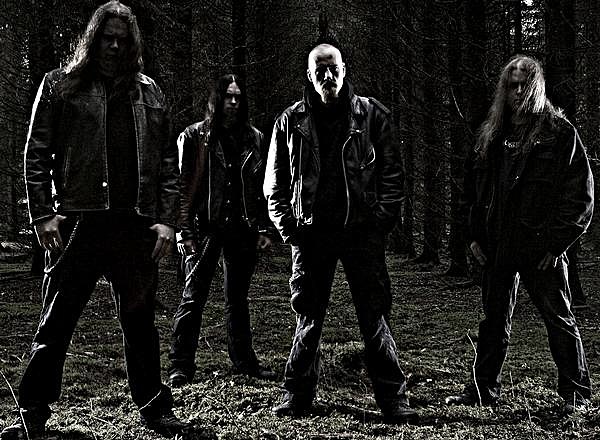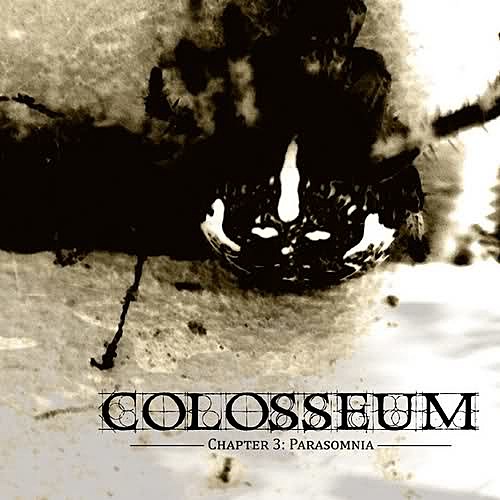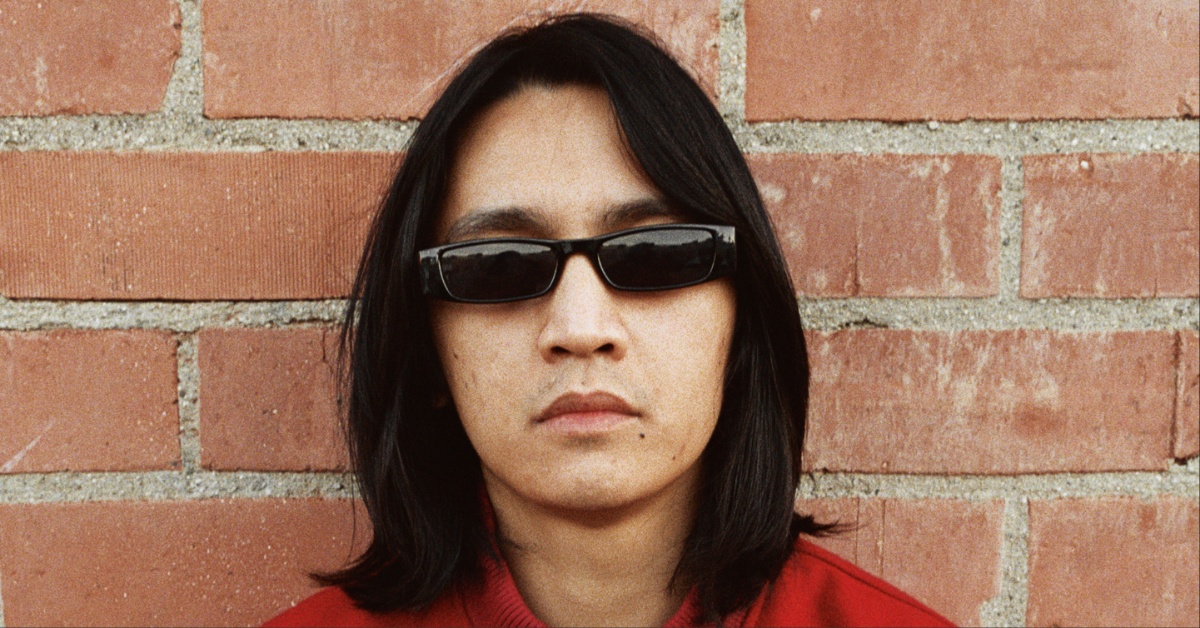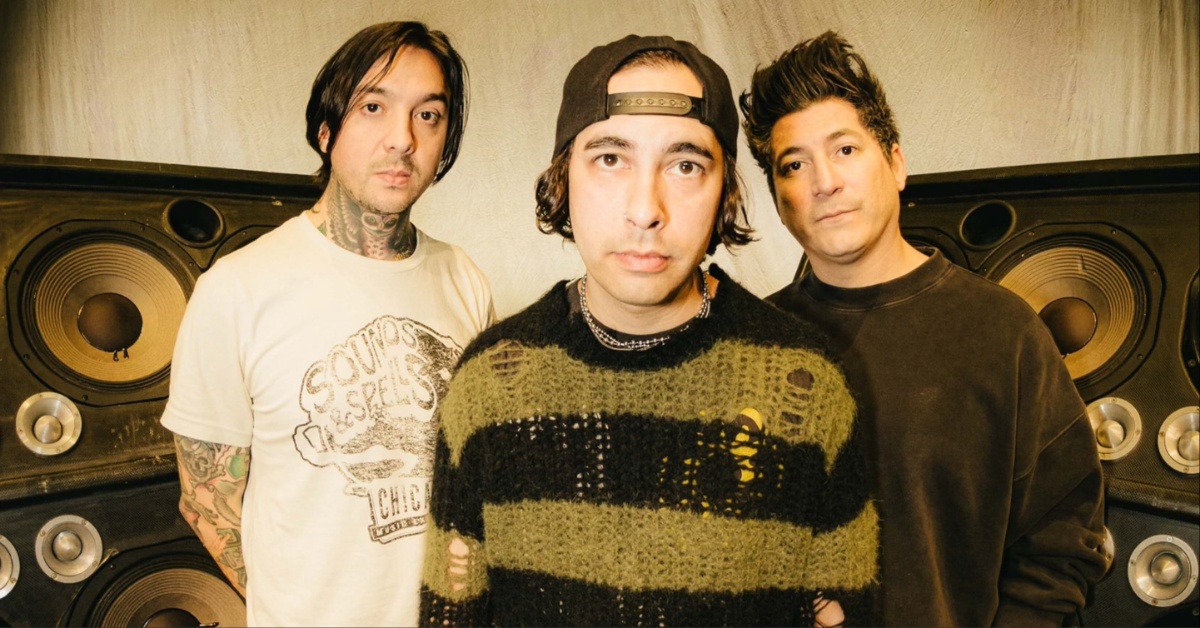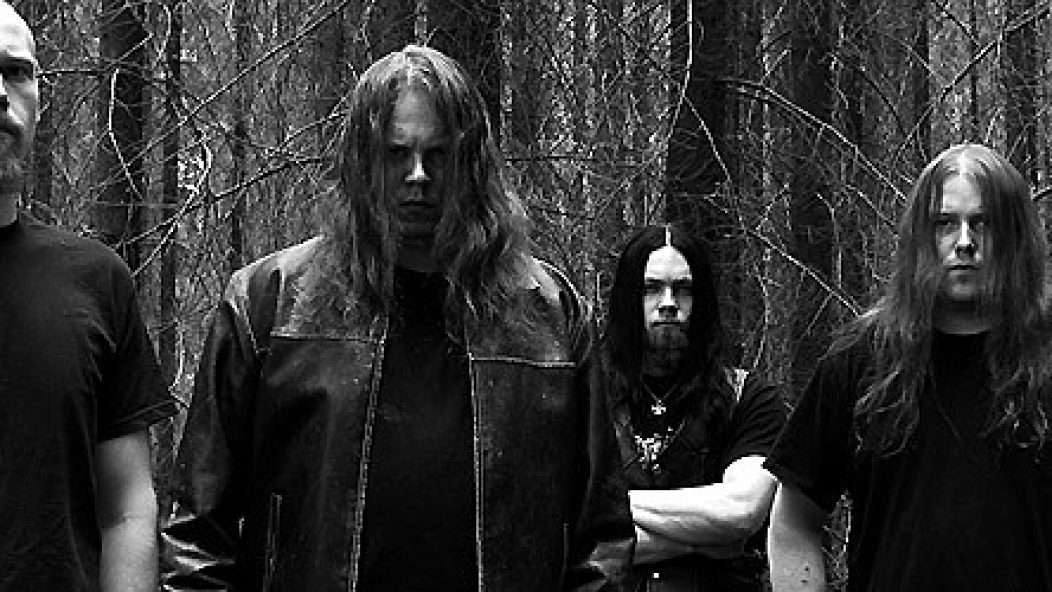
Colosseum - Chapter 3: Parasomnia
. . .
In his review of Pentagram’s Last Rites, Josh Haun drops these bits of wisdom:
That to me is what doom metal is about; coming to the grim realization that conjuring up the forces of darkness isn’t a good thing and struggling to attain some semblance of salvation, even if there is little or no hope of it. That might sound strange coming from an avowed atheist, but for whatever reason I’ve always seen doom as a some sort of biblical struggle between good and evil taking the form of debilitatingly heavy riffs.
Metal-wise, I’ve been listening to almost nothing but doom lately. This is partly taste, partly self-preservation (I’ve been diagnosed with high blood pressure, so it’s unhealthy for me to listen to intense, high-speed music – i.e., most metal), and partly what Josh is talking about.
Now, I’m not death-obsessed. In fact, I’m rather life-obsessed – but maybe that’s just an inversion of death obsession. In the same way that Satanists are often as religious as the Christians they oppose, my life obsession is probably a desire to make the most of my limited time here. If I knew I would live forever, I wouldn’t try to fit 30 hours into 24-hour days like I do now.
So I’m not consciously death-obsessed – but the world is. Hence its fixations on sex (whether for procreation, the species-level fight against death, or for pleasure; the phrase “le petit mort” comes to mind) and violence. Hence why so many people subscribe to religion: they don’t know what lies beyond, but they sure want to find out.
That’s partly why black metal can be so interesting. It’s often very religious music that happens to take the left hand path instead of the right hand one. As an atheist, I’m ambivalent about this. I like art to be immersive, especially metal. So I don’t listen to it because “it just sounds good”. Lots of music sounds good. I listen to metal because it also offers lessons that I can apply towards my life. But preachers in black are as full of shit to me as preachers in white. I just don’t like preachers.
But I do like it when humans stare death in the face. I don’t mean passively looking at videos of wartime atrocities; I mean coming to grips with it on an individual basis, free of outside influence. That’s a great way to cut out bullshit. If you knew you were going to die in a week, what legacy would you want to leave? How would you act in that week? You probably wouldn’t be wasting time leaving nasty comments on the Internet.
. . .
. . .
The Finns are great at staring death in the face and making metal out of it. They have a rich doom metal tradition: Thergothon, Skepticism, Dolorian, and now Colosseum. I’ve been listening to almost nothing but Colosseum lately. They are not to be confused with the British prog rock band Colosseum or the American hardcore band Coliseum. They are “funeral doom” through and through, to the point that they really do sound like an actual funeral. Keyboards figure heavily into their music, and while that would usually be the death knell of my interest in a metal band, it works for two reasons. They’re harmonically rich – I bet the keyboardist is trained in classical composition – and they’re not histrionic substitutions for a real orchestra, like how so many symphonic metal bands wield keyboards. Colosseum’s keys are usually lush pads that perhaps suggest string sections bowing close to the neck for warmer sound. Keyboards often figure into Western funerals, so they make sense for Colosseum.
Now, listening to album after album (Colosseum have three) of metal music for funerals might sound like a bummer. But Colosseum’s secret weapon is lead guitar, whose prominence has steadily increased over its discography. On this third album (Firebox, 2011), the lead guitar is a full-figured voice soaring with grace. Remember Steve Stevens’ heavenly lead tone in the “Top Gun Theme”? This is that same tone, just over a backdrop of utter desolation. (That tone is a relic of ’80s metal. Caught up in speed and clenched-fist brutality, metal guitars have largely been afraid to soar since the ’80s.) It makes for a beautiful contrast – abject, plodding low end, with a voice crying out over it. This is the tension between good and evil that Josh talks about.
The lyrics trace this tension. They do not celebrate death; they treat it as both mystery and inevitability. So “Dilapidation and Death”, the 21-minute behemoth of an opener, wonders about “Touching the cosmic horror beyond the space and time”, yet sighs,
I might as well just sleep and awake no more to watch the dilapidation of all
I might as well just dream there would be a life instead of growing nothingness
Yes, we will become dust – but also cosmic dust. There may or may not be a beyond, but there is certainly a universe beyond our myopic perspective. Metal often name-checks space and time, but rarely does it set that vastness to sound.
Vocalist Juhani Palomäki passed away of undisclosed causes almost exactly a year ago, at age 32. We listen to dead musicians all the time, but it’s wrenching to hear one whose absence is so recent and who sang so insightfully about death. I don’t know where Palomäki is – but when I hear this record, he still speaks to me.
. . .
HEAR PARASOMNIA
“Dilapidation and Death”
http://www.youtube.com/watch?v=HpHOFvC1ttI
. . .
BUY PARASOMNIA
CM Distro (CD)
Amazon (MP3, $4.45)
Metalhit.com (MP3, $4.99)
. . .
